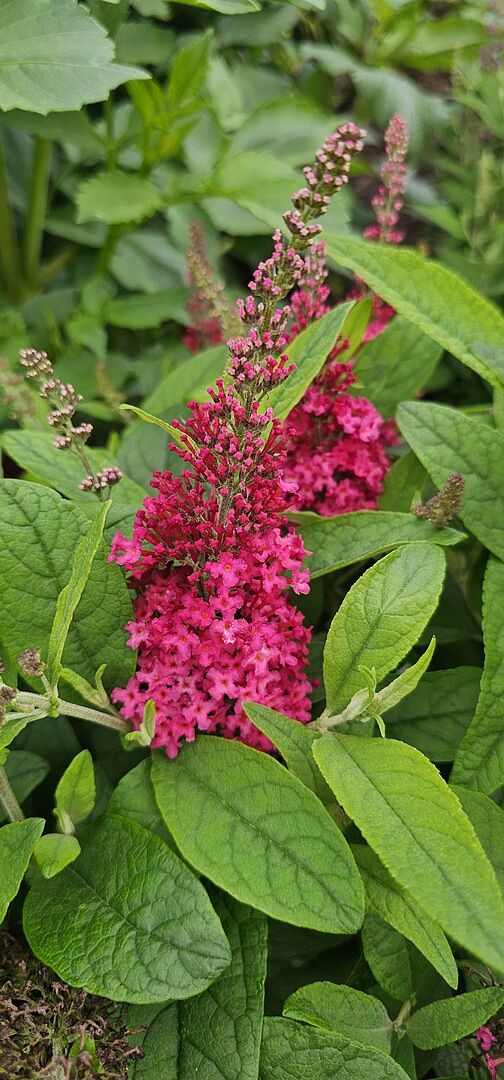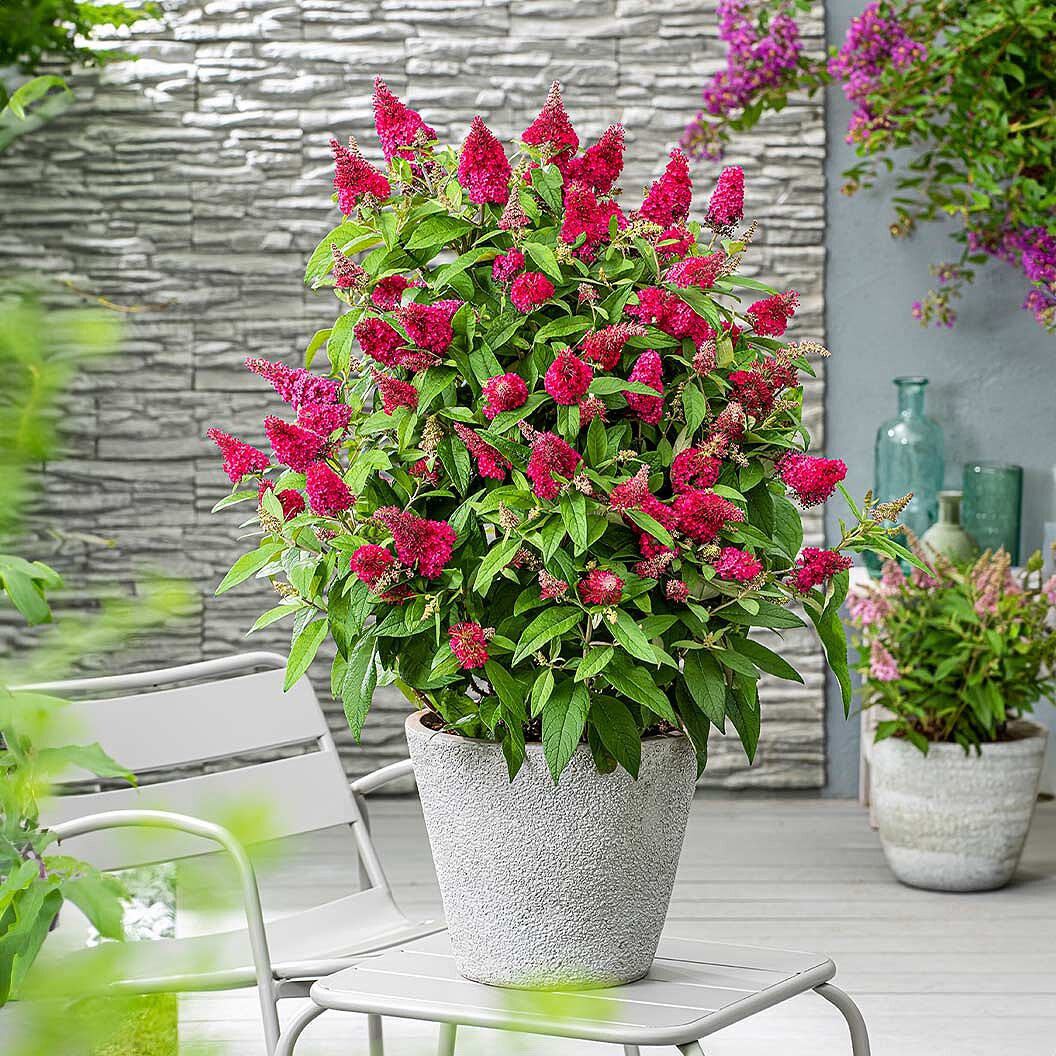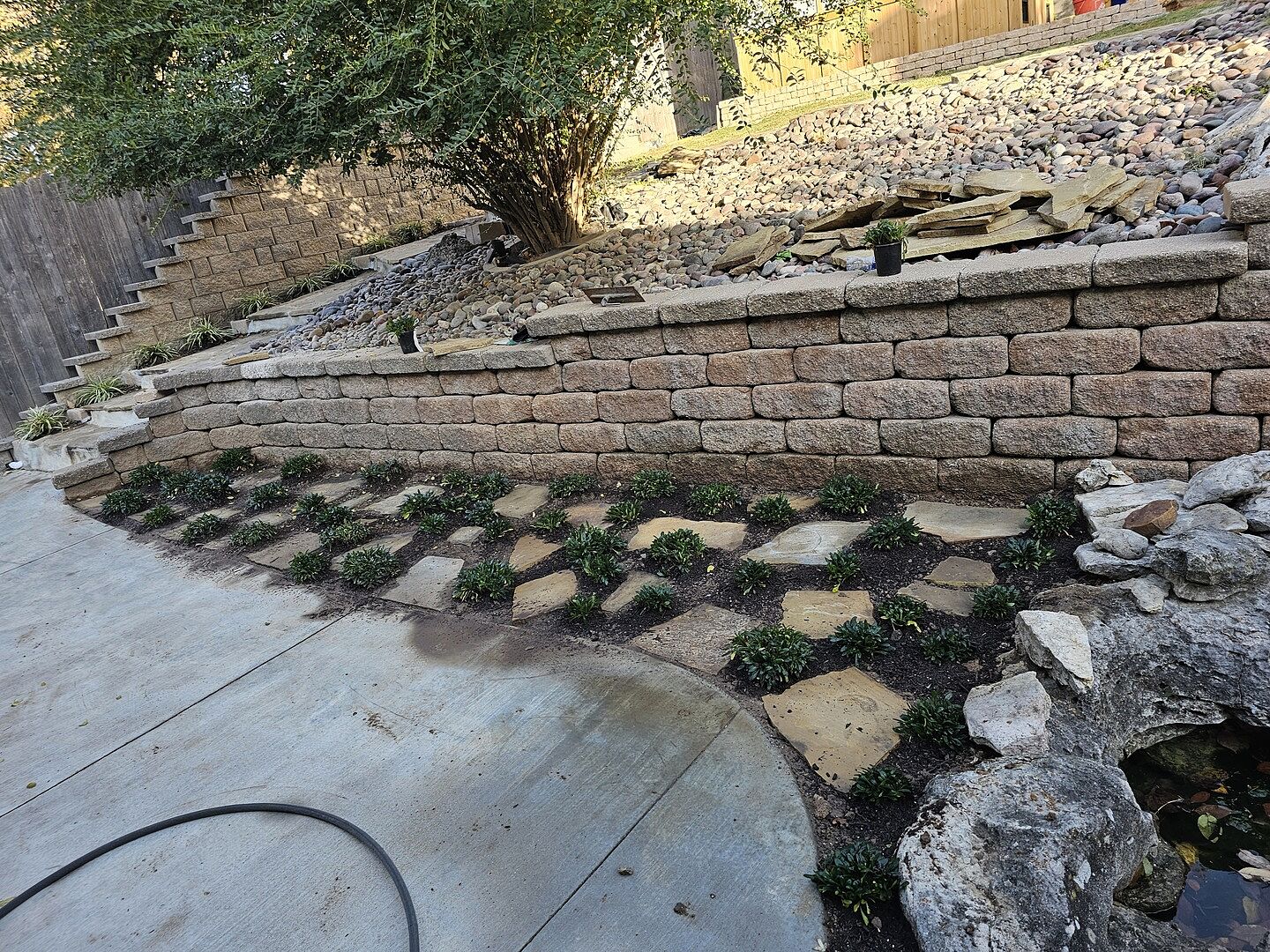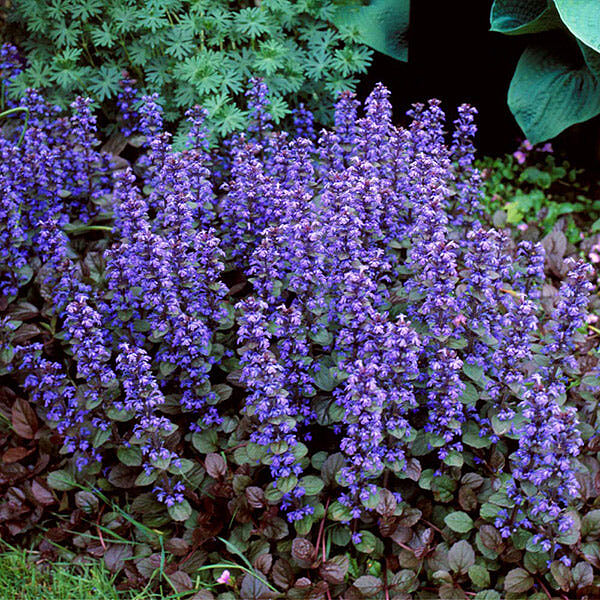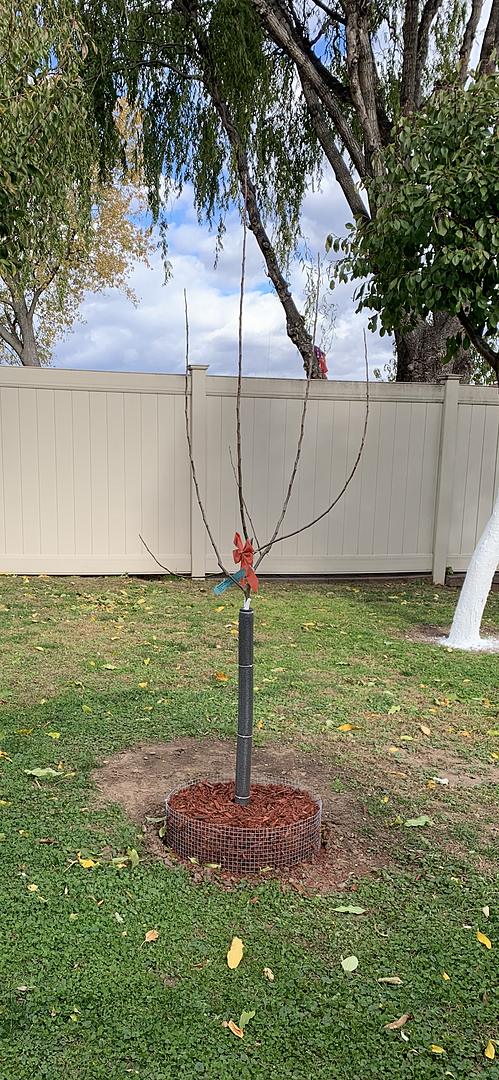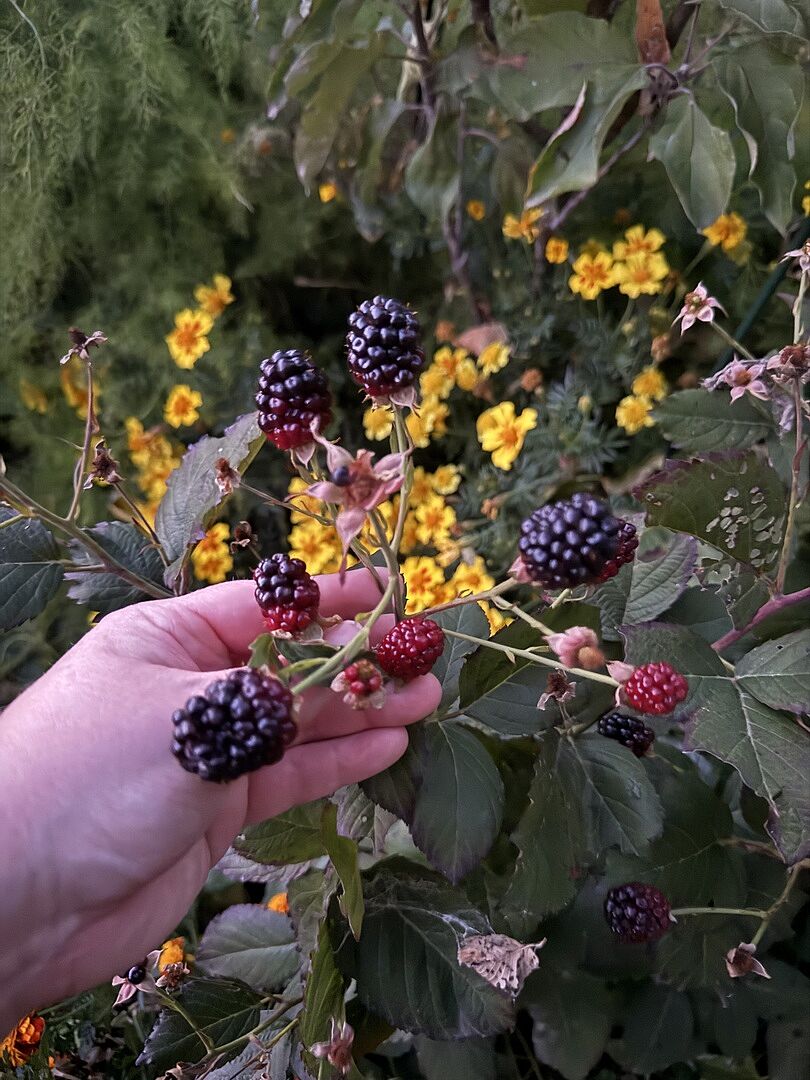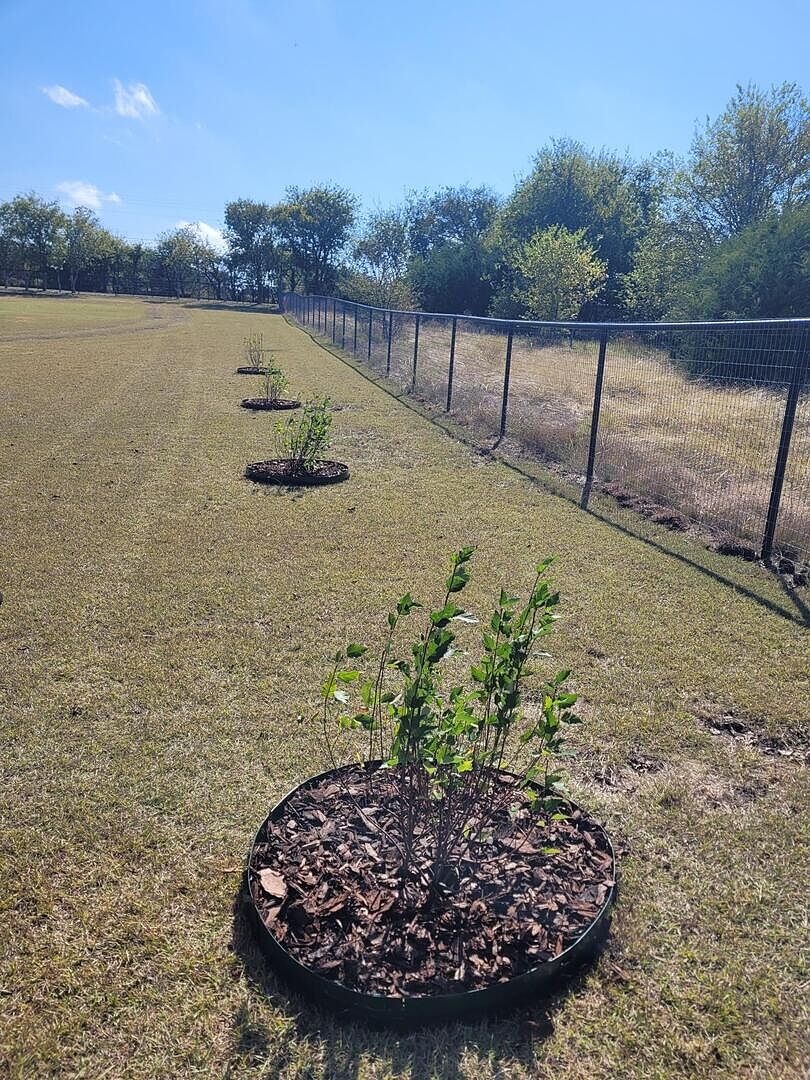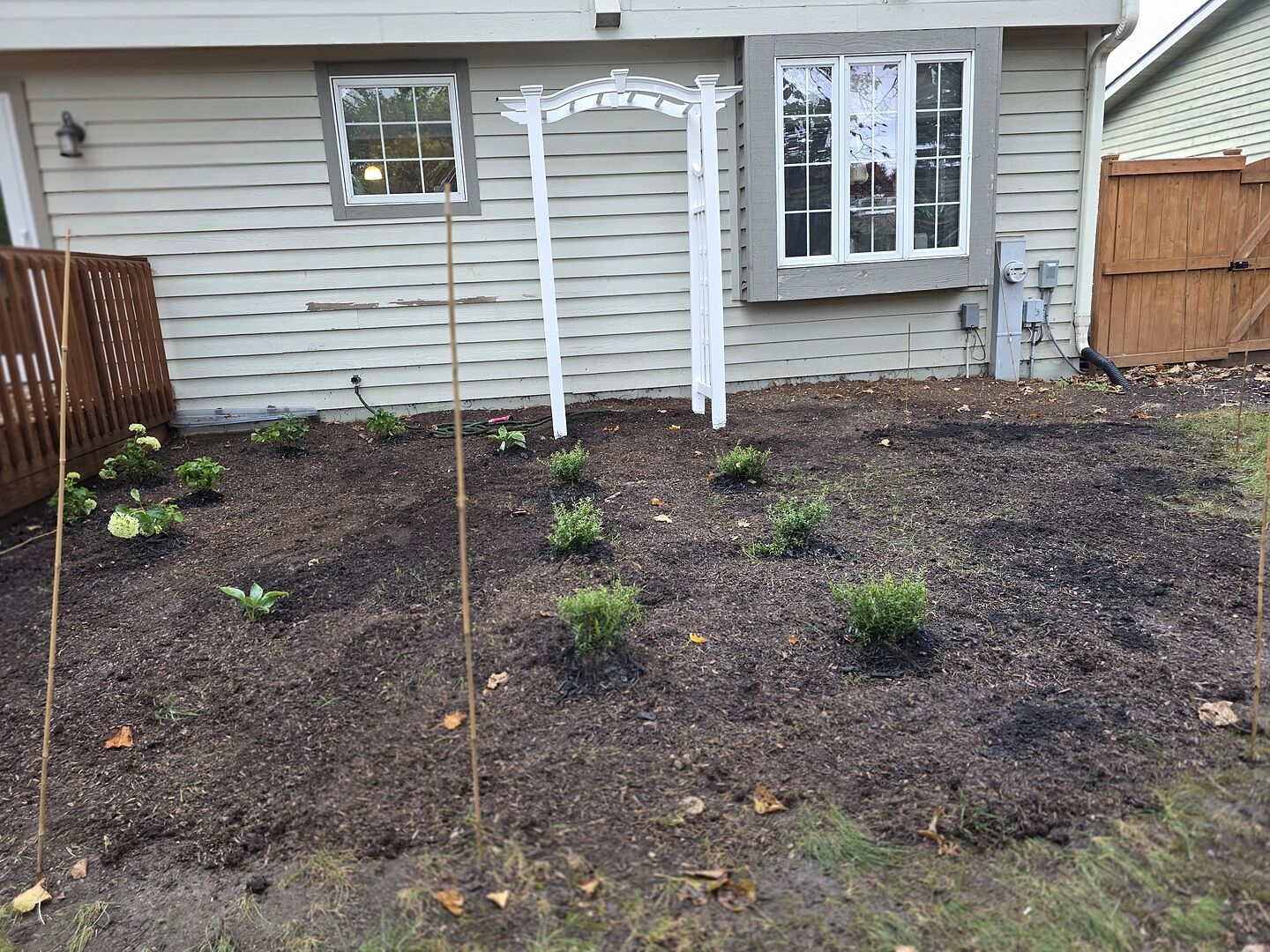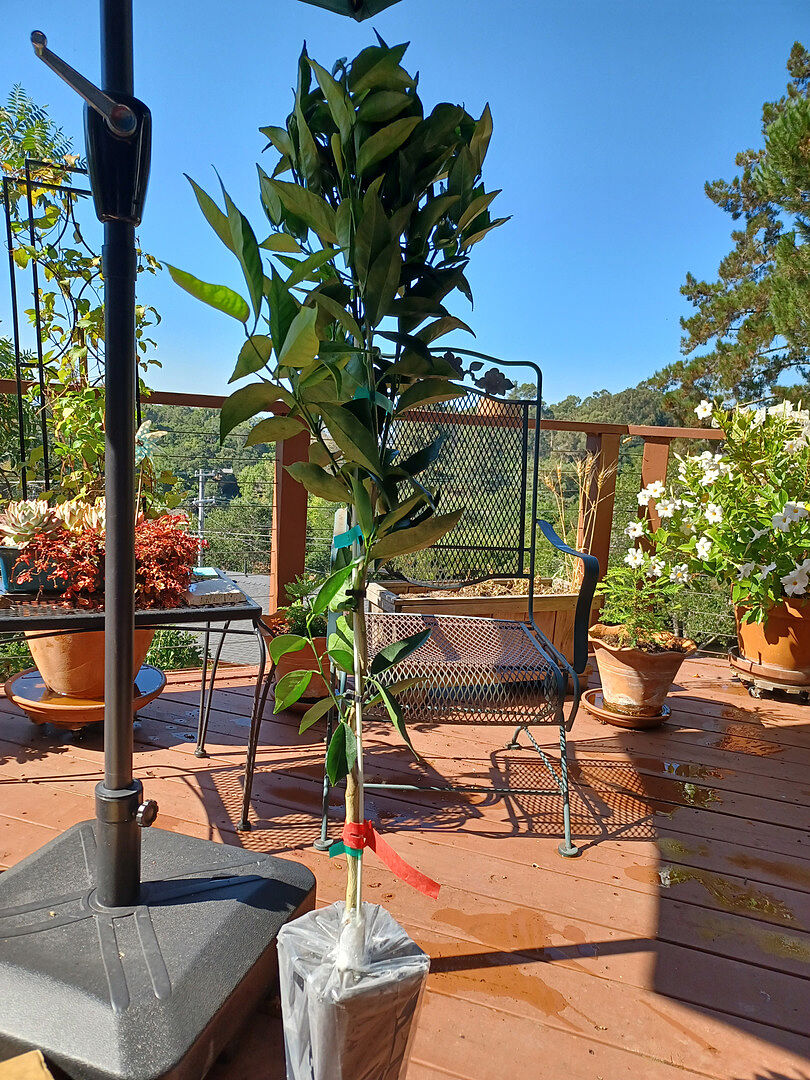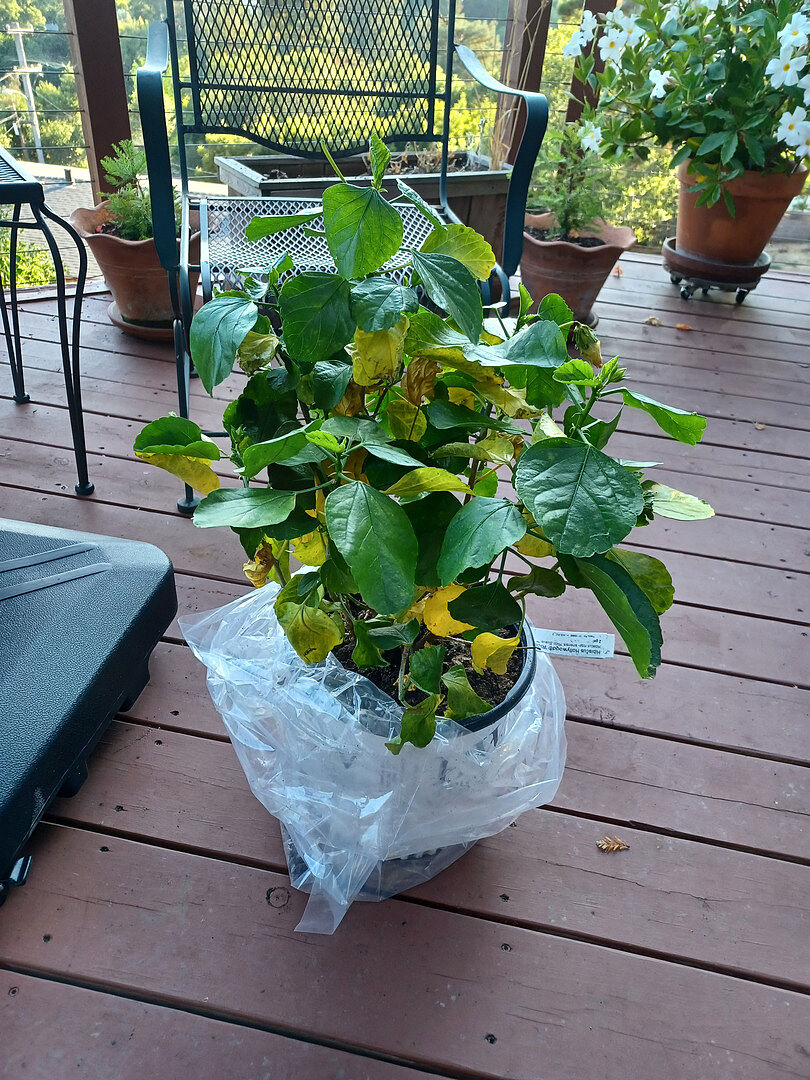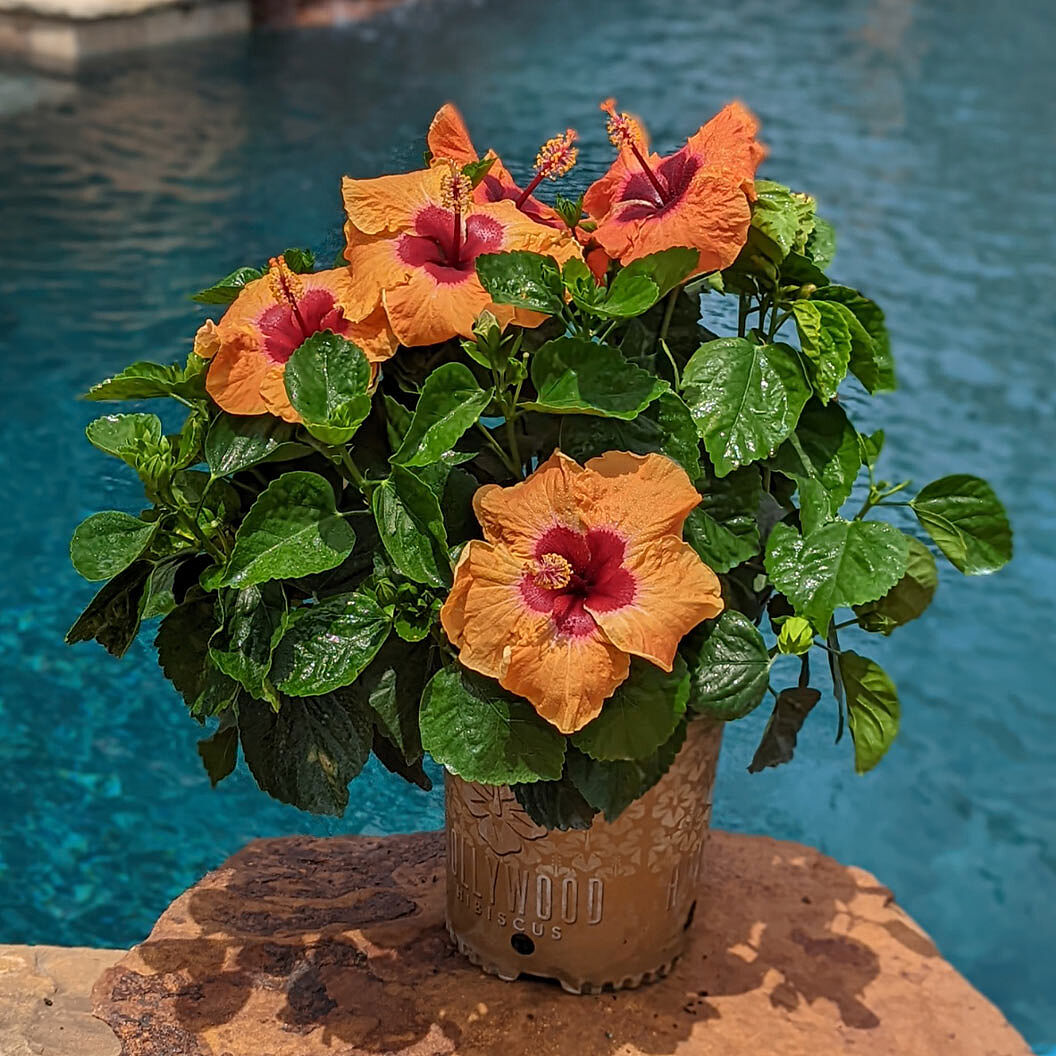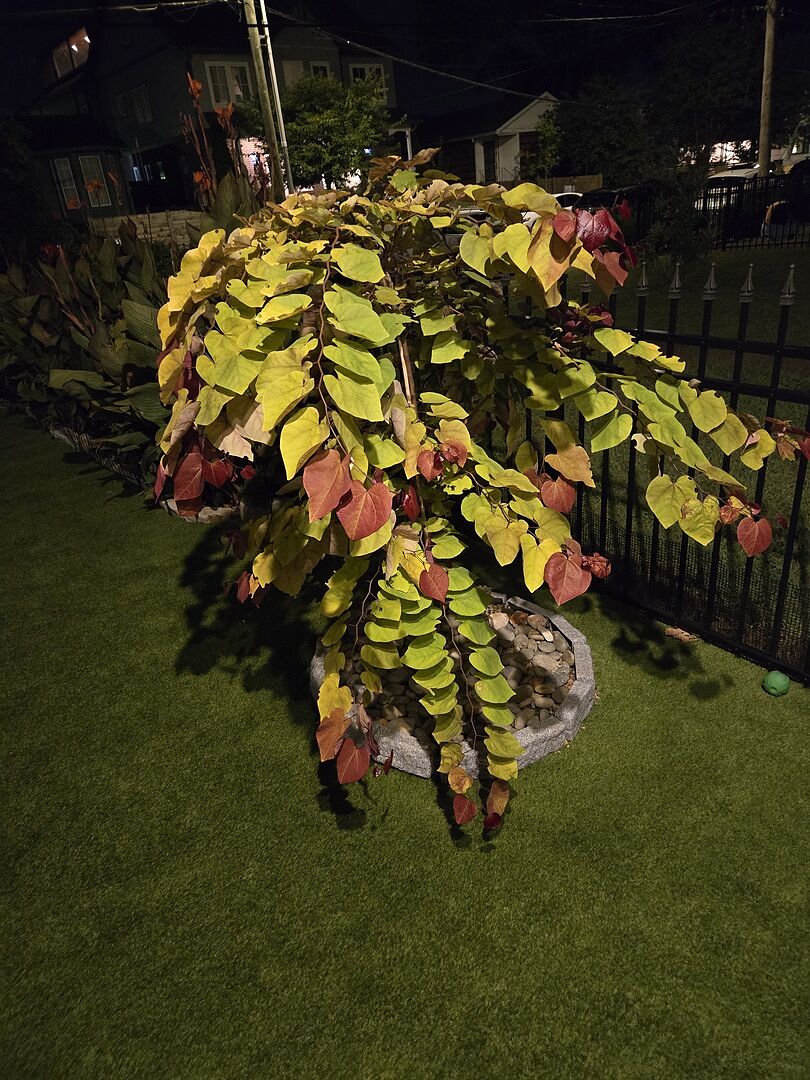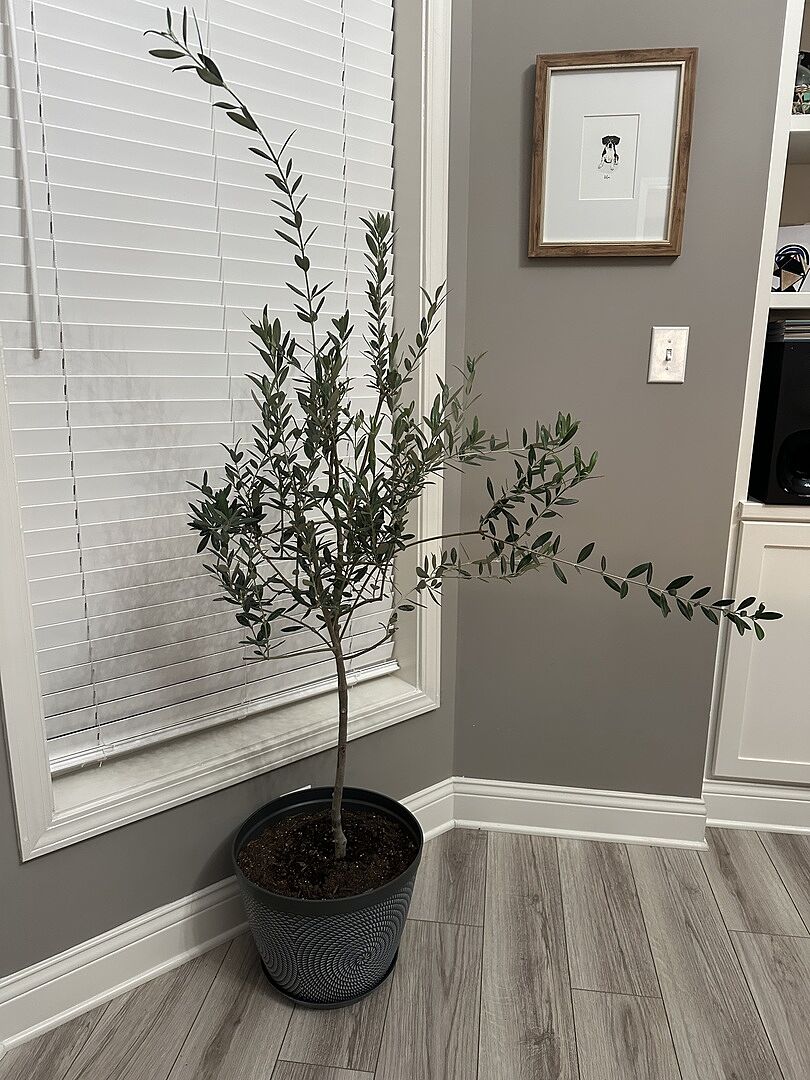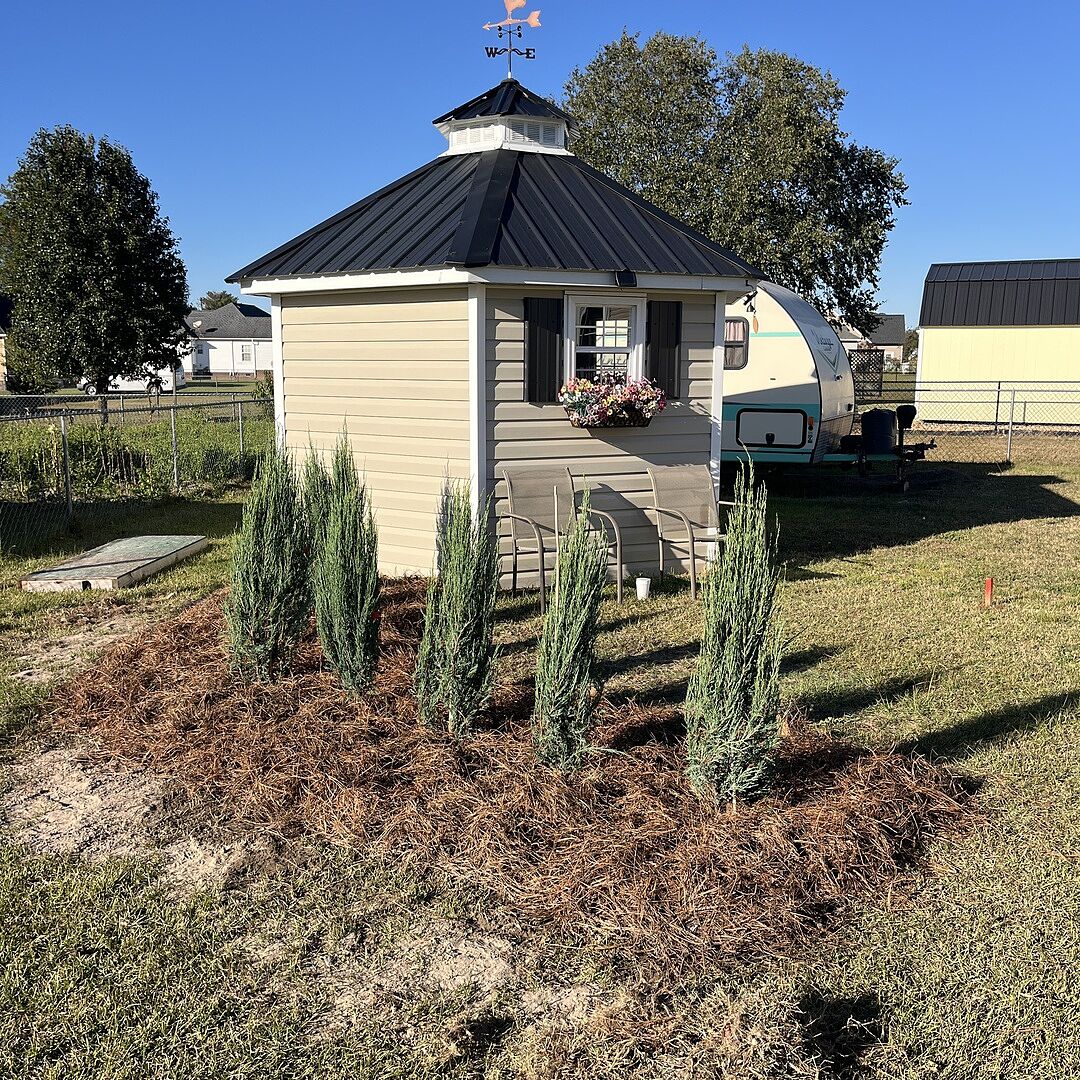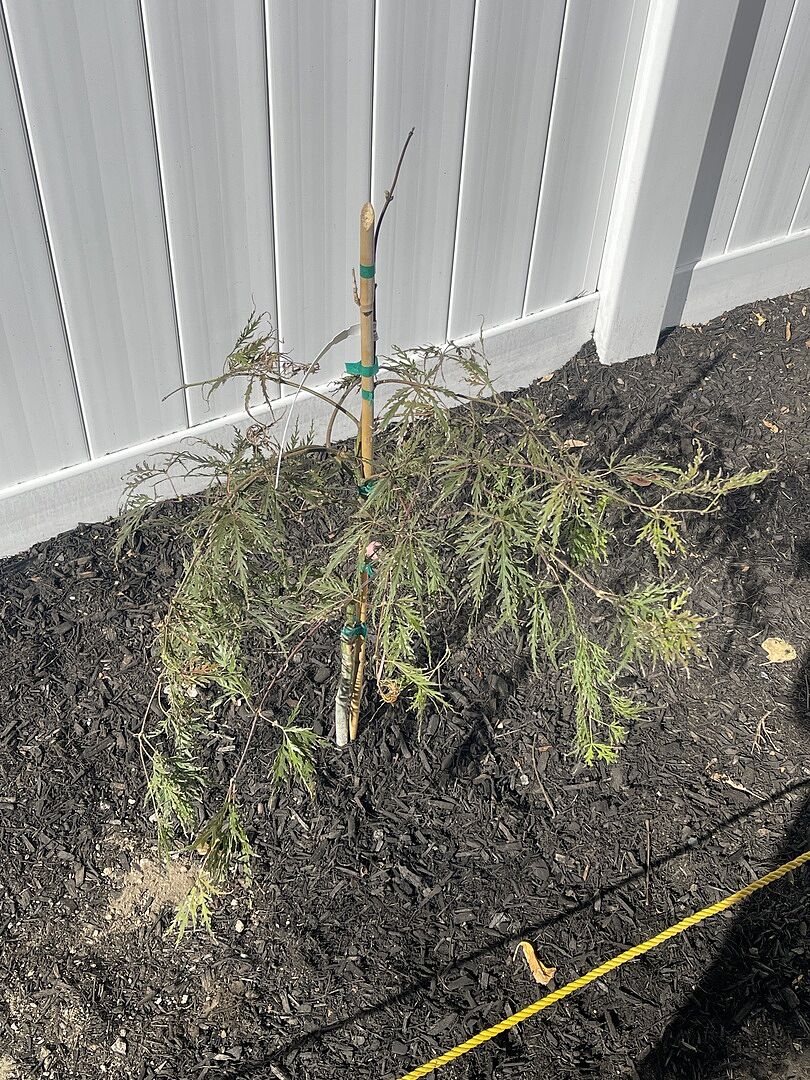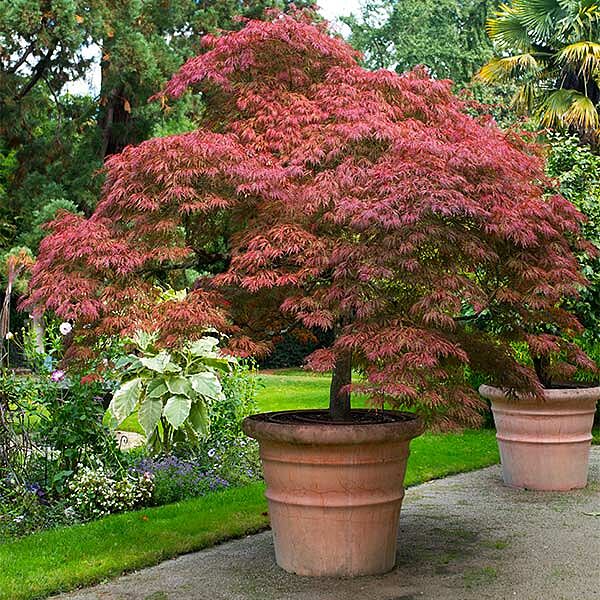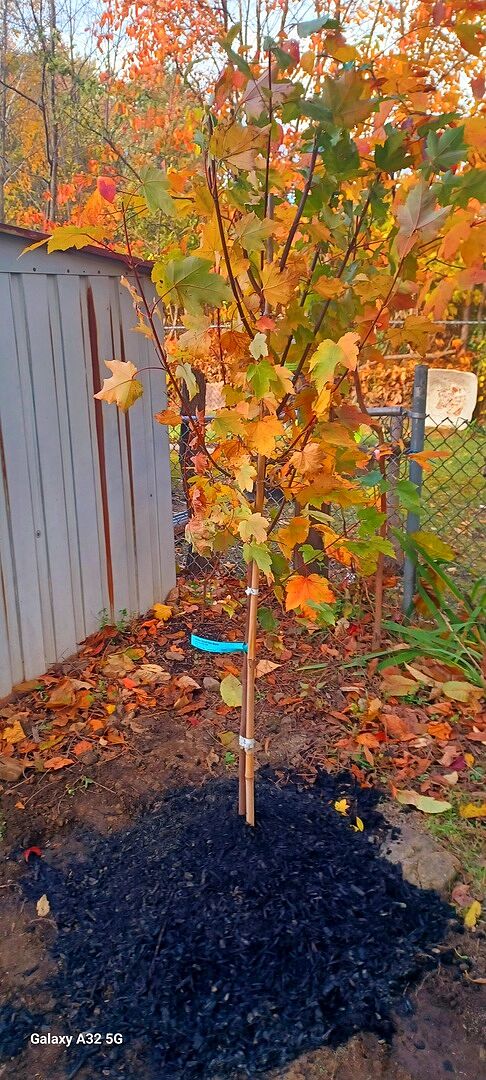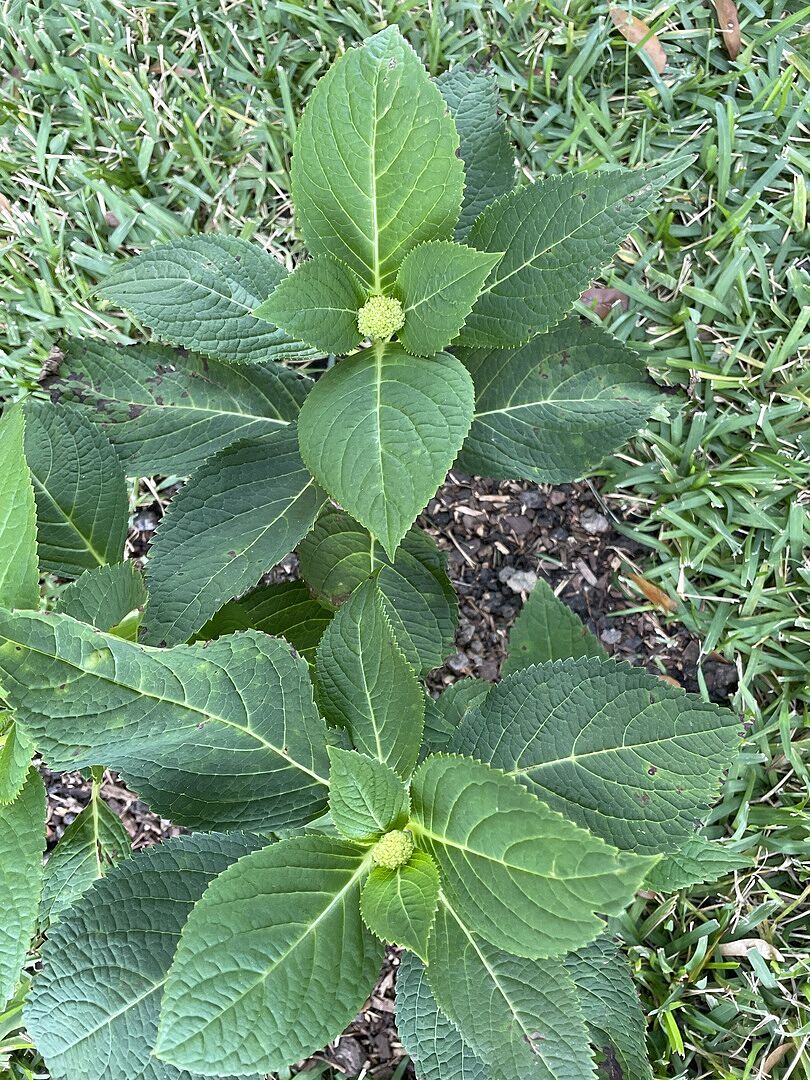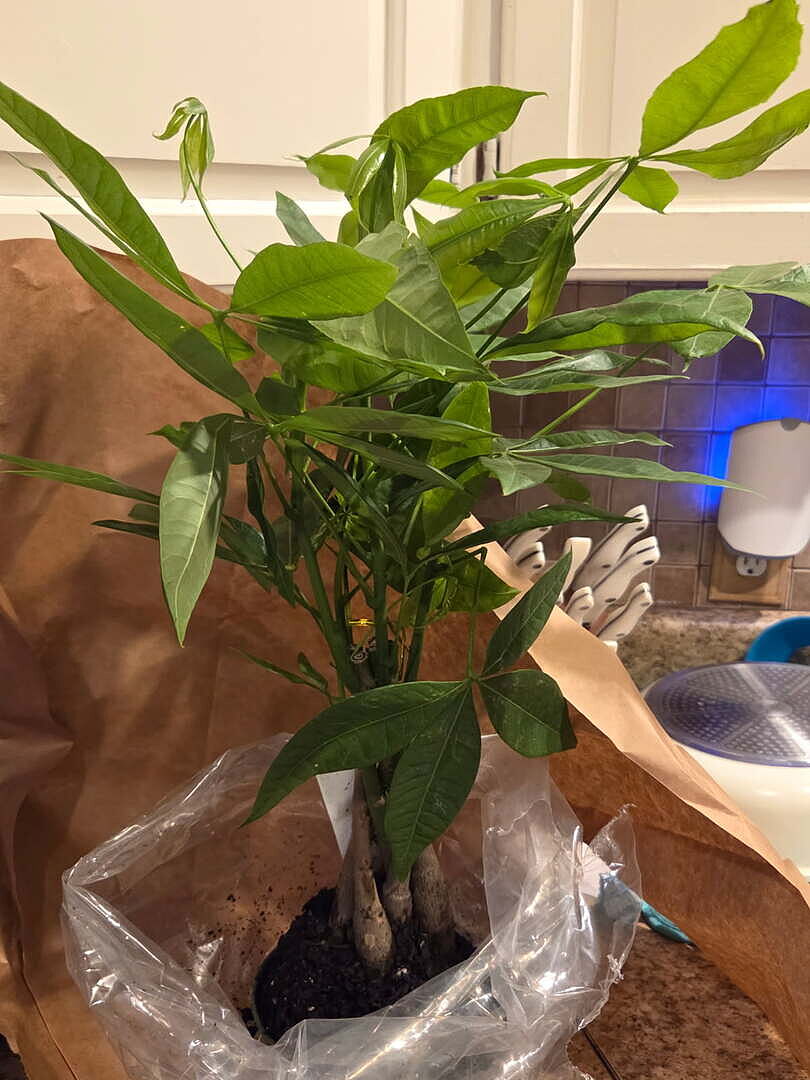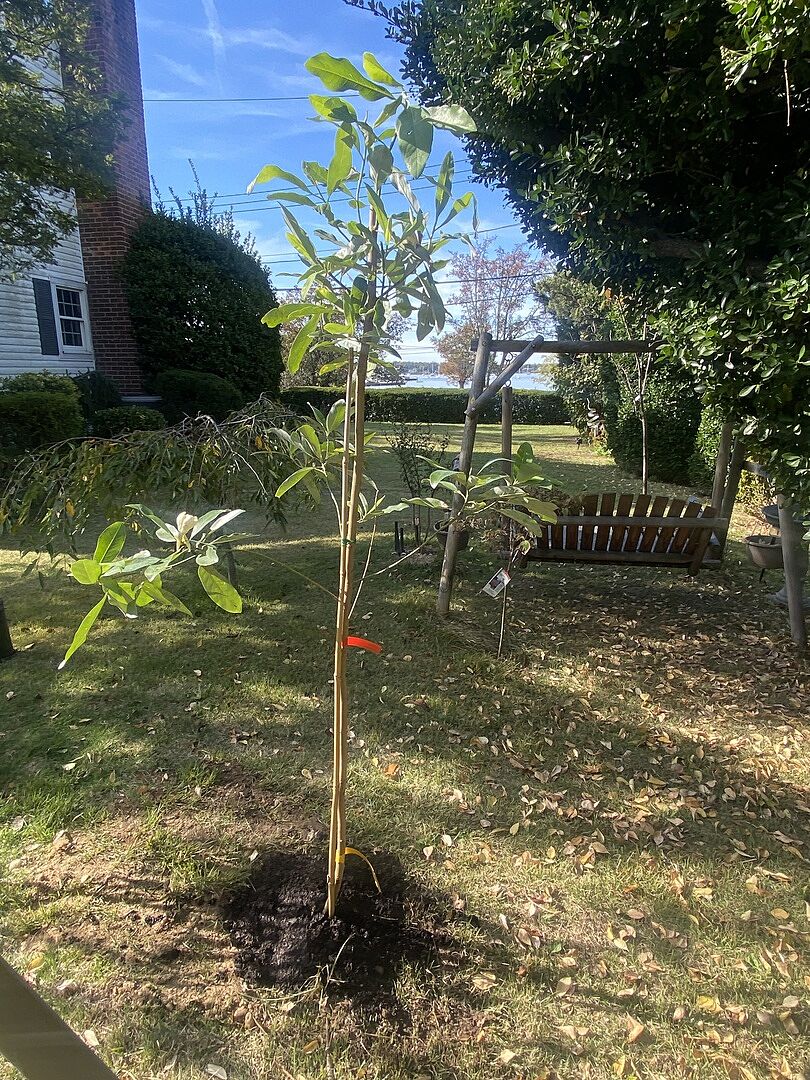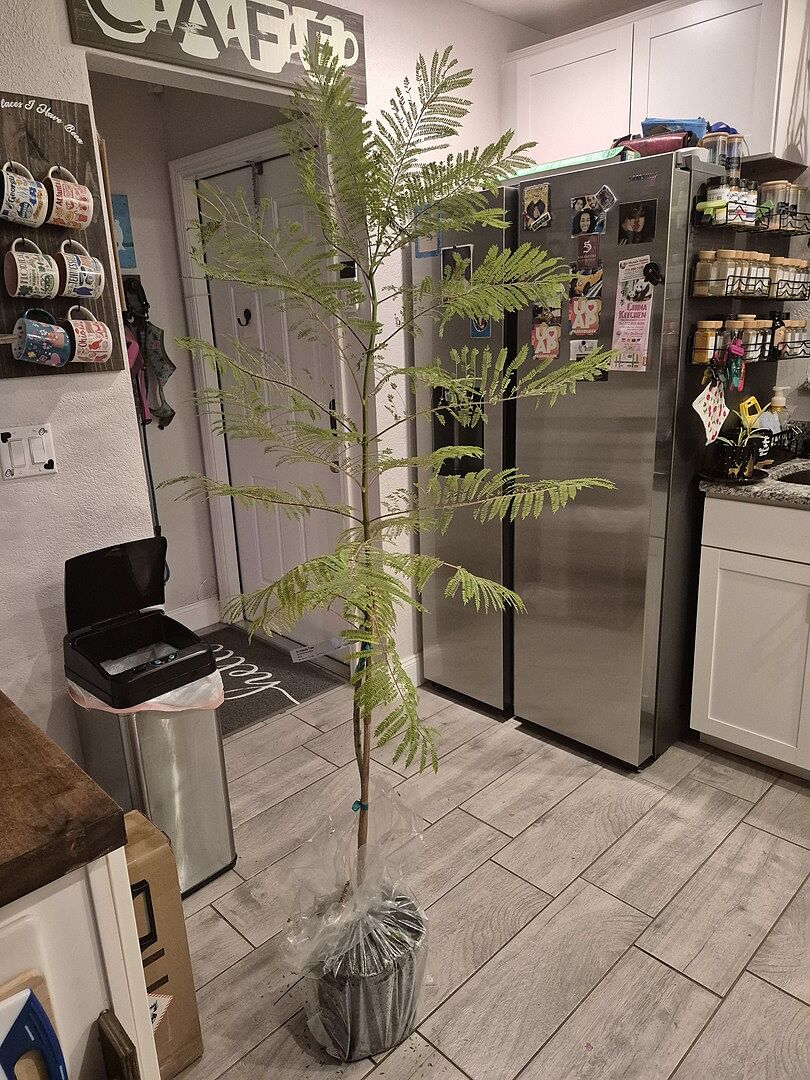Top Tips for Photographing Plants
Last updated: Jul 06 2023

You've planted your favorite varieties and are enjoying their lush growth. Now, you want to savor them! The best way to do that is by grabbing your camera and snapping away.
Don't be intimidated! Follow our quick tips for photographing plants, and you'll be well on your way to a library full of professional-looking photos.
Cameras
You don't need a professional camera! Of course, it's hard to beat the quality of a traditional camera, but you'd be surprised by how well your cell phone can capture the beauty in your yard. With a little practice and the right technique, anything is possible!

Quality
Before you start shooting, take a little time to study your camera or phone manual for the best settings–use the largest file size to get the best quality. Does the manual intimidate you? Search your camera or phone type online to find the best settings for your camera. You can find some really useful tips just by doing a little research ahead of time.
Technical Tips
Focus on your subject
Cell phone cameras may auto-focus on an area that isn’t your subject. Touch the screen on your subject just before you take the photo to tell the camera what to focus on.

Tap on the area you want your camera to focus on before shooting. You can also adjust the exposure by dragging the sun icon up or down.
Fill the frame
See the finished photo as having multiple areas, not just a single subject of interest. Use the foreground, middle and background, or divide the screen into thirds horizontally and make sure each section serves a purpose in your final photo.
And filling the frame doesn't have to mean an area of focus in each space, either. Empty space can also help guide a viewer’s eye, as in the second photo below.
(Tip: you can select to show the grid on your phone's screen when you take a photo, which makes this easier to visualize - see the photo above for an example!)

This photo of hydrangeas has interest in the foreground, middle and background for added depth.

Empty space on the right side of this photo can help focus the viewer's eye on the subject
Choosing Plants
Now, the fun part! Take a look around to find your desired subjects. Colorful flowers are an obvious choice, but don’t overlook non-blooming plants. Unique foliage and varying textures can make stunning statements too!
This sequoia’s chartreuse, new growth and tiny cones are very appealing.

This Ficus Tineke doesn’t need flowers to make an eye-catching photo.

When to Take Photos
The time of day you take photos can have a big impact on how your images turn out. Light is super important. A bright sunny day might seem like the right time, but that bright sun can make harsh shadows and cause overexposures.
This CranRazz™ Butterfly Bush’s beautiful blooms are shot on an intensely sunny day, causing uneven light—too much on one side and too little on the other.

Instead, take photos on overcast days when cloudy skies create even light, eliminating shadows. This hydrangea was shot on an overcast day, which has produced a soft, even light.

Spring and summer aren’t the only time your garden is photogenic! Look carefully and you'll find beauty and interest year-round, even on the coldest, most bleak days.
Covered in frost, this fir tree is photo-ready, even in winter!

This crape myrtle has a smooth trunk that's attractive all year, even when surrounded by snow.

Practice, Practice, Practice
Take lots of photos and try different things. Experiment with new angles, get low, get high, use different filters and exposures. Being in your garden taking photos is one of the best ways to truly enjoy your plants. Don't get too wrapped up in perfecting your shots. Keep practicing and learning along the way, and remember to have fun!

We'd love to see your photos! Be sure to tag @FastGrowingTrees on Instagram and Facebook to show us what's growing on in your garden.
Written by
Amanda Duncan
Amanda is the photographer and media specialist for Fast Growing Trees, and has dual degrees in horticulture and Landscape Design. Originally from the Midwest, Amanda has great familiarity with the plants and growing conditions there, as well as knowledge about drought-tolerant planting in arid regions.
Her training was completed in southern California, where she worked as a landscape designer before moving to Charlotte.
Featured Product

Meyer Lemon Bush
465 reviewsStarting at $53.95







































